In the late 1860s, Reverend Edward Payson Terhune and his wife, Mary Virginia Hawes, purchased several acres of land on Pompton Lake in Wayne, NJ, where they built a three-story home with a central gable, attic, cellar, and expansive veranda; the large porch hearkened to Hawes’ Virginia heritage.
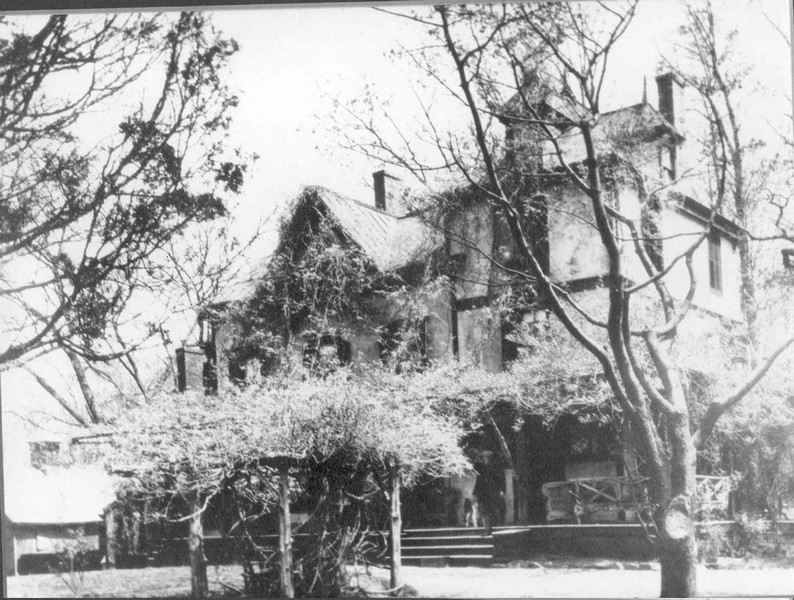
Hawes named the home ‘Sunnybank’, describing the landscape as “a shimmering sunset lake and a natural stretch of shining green lawn.” Under the Terhune’s ownership, the property soon expanded, and by the 1890s, it included 30 acres and an additional three-story wing on the southern end. The family- Terhune, Hawes, and their three children, Christine, Virginia, and Albert- largely used Sunnybank as a seasonal home, visiting from May to October every year.
Sunnybank was sold to Wayne Township in the 1970s. While the house was demolished in 1969, the property is preserved today as Terhune Memorial Park.
Sunnybank’s Landscape
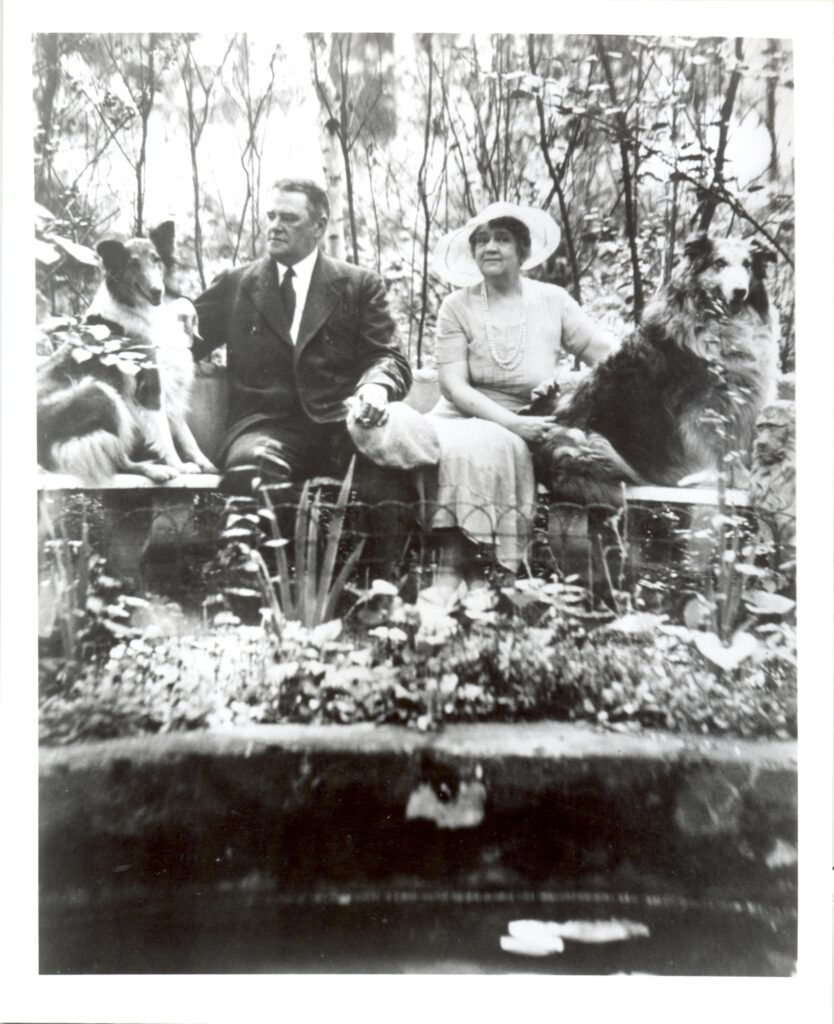
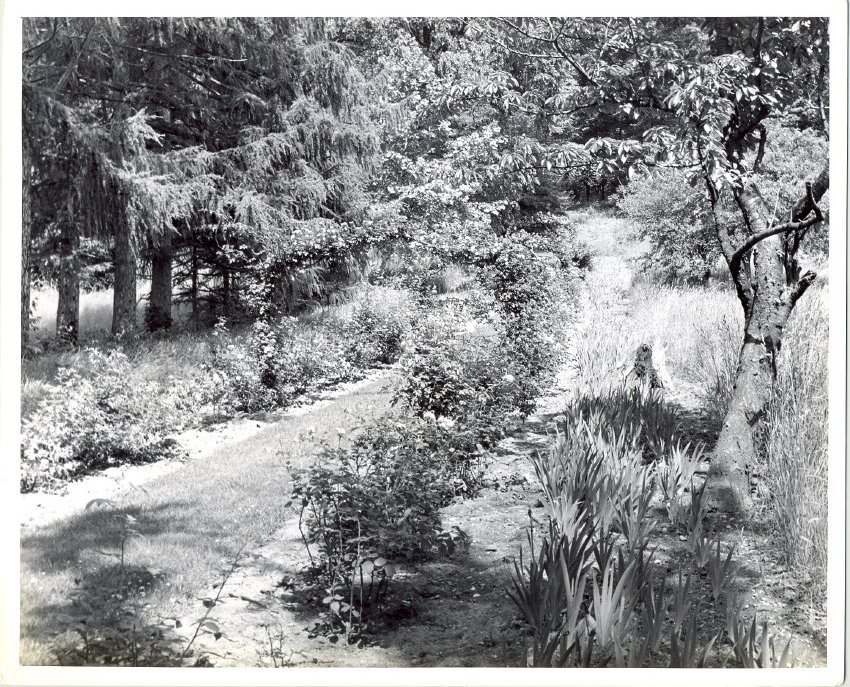
Rev. Terhune and Hawes established extensive gardens onsite, showcasing plants brought back from their travels, a croquet lawn, trees, trellises, a lily pond, and more. Once the Terhune’s only son, author Albert Payson Terhune, became the formal owner of Sunnybank in 1909, he and his wife Anice only added to the landscape. In its heyday, Sunnybank boasted irises, roses, ivy, wisteria, woodbine, weeping willows, fruit trees, and more.
The home, gardens, and dog kennels—added when Terhune started breeding collies in 1917—garnered fame as the inspiration for many of Terhune’s collie-themed books.
Albert Payson Terhune
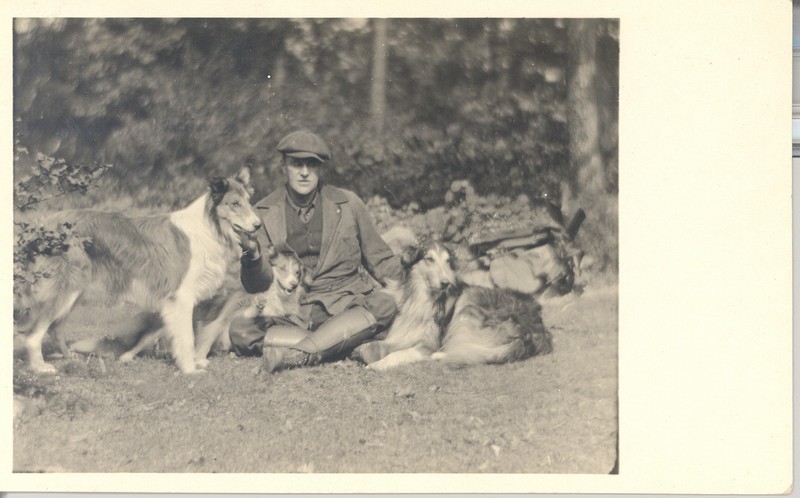
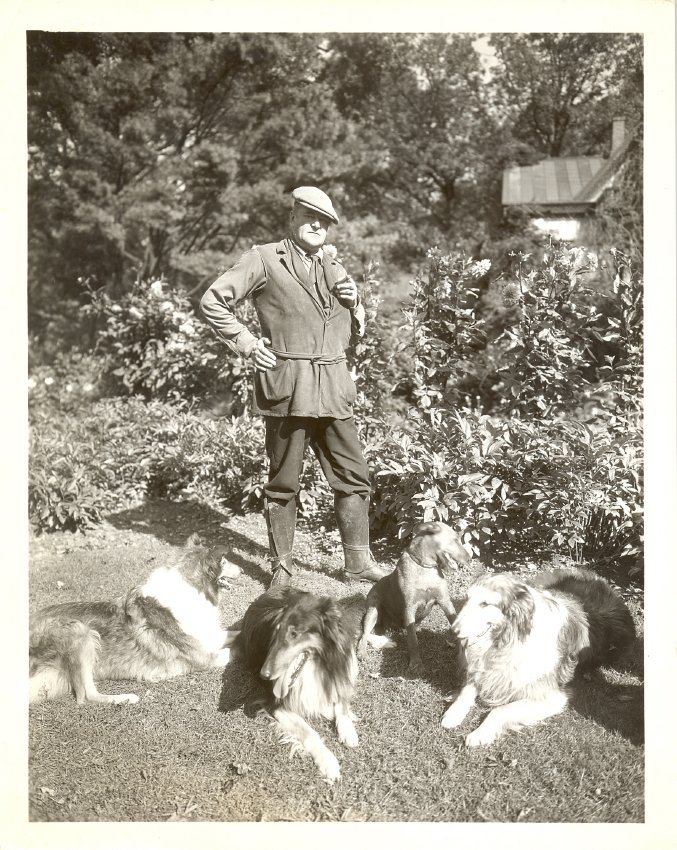
Perhaps the most famous of Sunnybank’s residents, Albert Payson Terhune was born on December 21st, 1872 in Newark, NJ. He was the youngest of three surviving children born to Presbyterian minister Edward Payson Terhune and author Mary Virginia Hawes. From an early age, he pursued a writing career, following in the footsteps of his mother and sisters.
In 1893, he graduated from Columbia University, and the next year, he began working as a reporter for the New York Evening World. Like his mother, he traveled extensively, spending time in Egypt and Syria. In the late 1890s, he married Lorraine Bryson, who died soon after the birth of their daughter, Lorraine Virginia Terhune. He would later marry Anice Stockton, an author, composer, and music educator.
Terhune published his first book, Syria from the Saddle, in 1896, inspired by his travels abroad. He would go on to write over 60 books and short stories, from the 1923 thriller The Amateur Inn to the environmentally-minded Water!, published in 1928.
An avid collie breeder, Terhune cast the dogs that roamed the grounds of Sunnybank as the main characters in many of his books, from Bruce (1920) to Treve (1924) to Grey Dawn (1927). The books garnered acclaim and continue to capture readers’ hearts today.
Today, you can view books and artifacts related to Terhune’s life—from his active lifestyle to his friendship with Cecil DeMille—in the Terhune Room at the Van Riper-Hopper House.
Sunnybank’s Literary Ladies
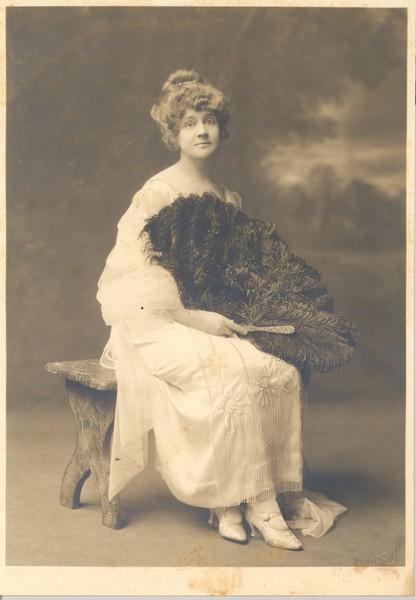
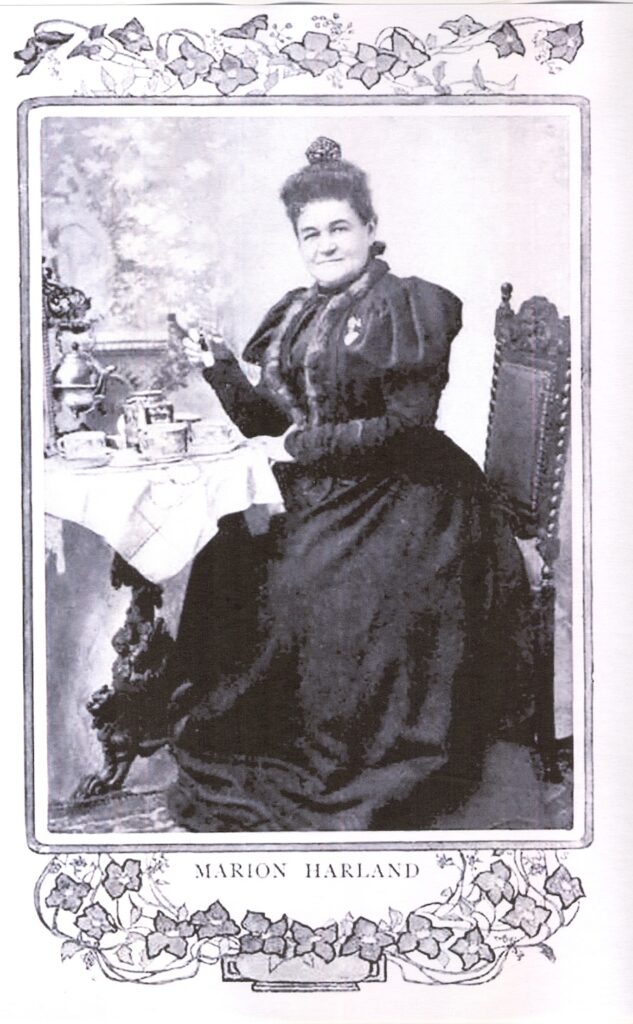
Terhune’s mother, Mary Virginia Hawes, (seen above, right) was an author in her own right. Born in Dennisville, Virginia in 1830, she was first published at age 15, when she submitted stories to the religious magazine The Watchman and Observer. Initially using a male pseudonym, she went on to publish more than 75 books and short stories under the pen name ‘Marion Harland’.
Her works range from travelogues to biographies to domestic guides and were immensely popular; her 1871 Common Sense in the Household sold more than a million copies. She often collaborated with her children, writing Dr. Dale with her son, The National Cook Book (1896) with her daughter Christine, and Everyday Etiquette (1905) with her daughter Virginia. In 1919, the same year that Terhune published Lad: a Dog, she wrote her last novel, The Carringtons of High Hill, before passing away three years later.
Terhune’s second wife, Anice Stockton Terhune (seen above, left), was also an author. Born October 27th, 1873 to John Potter Stockton and Elizabeth Morris Olmstead, she was an accomplished musician. In the 1910s, she published several books filled with music for children including Dutch Ditties for Children, Colonial Carols for Children.
Like her husband, she wrote about their home in Wayne and published Sunnybank Songs for Children in 1929. She also composed songs for adults, such as “The Old Garden” and “I’m Longing For You”, and wrote an annual carol to accompany Christmas cards from Sunnybank. Throughout her life, Anice Stockton Terhune also wrote a series of novels—The Eyes of the Village, The Boarder Up at Em’s, and The White Mouse—and was published in several magazines- County Gentleman, Good Housekeeping, Ladies’ Home Journal, and Atlantic Monthly, to name a few.
In 1943, a year after her husband’s death, she published The Bert Terhune I Knew, and her last book, Across the Line (1945) was partly inspired by notes left by her husband.
Sunnybank’s Collies
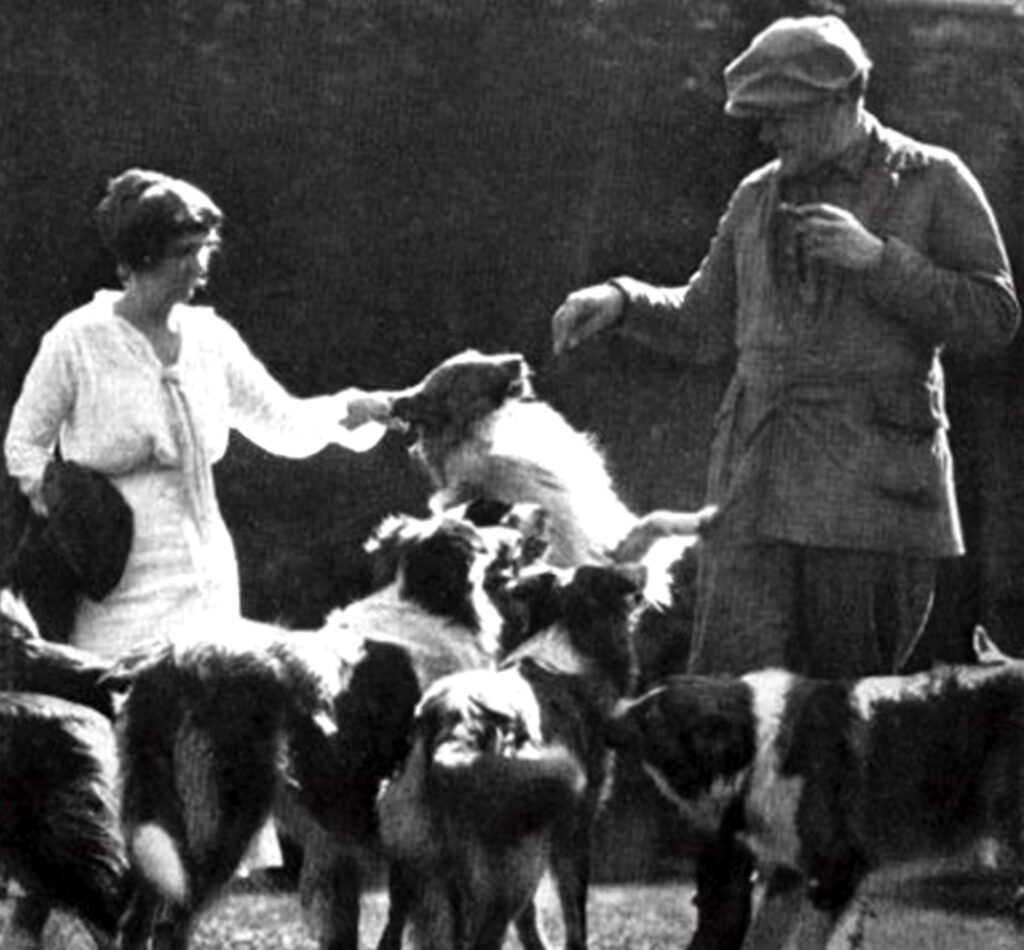
Sunnybank was also the site of Albert Payson Terhune’s kennels, where he bred collies starting in 1917. To accommodate the dogs, Terhune had a puppy yard and kennels—featuring wooden dog houses and wire runs—built. Existing outbuildings, like the barn and greenhouse, provided warm spaces for the dogs during the winter.
During the kennel’s height in the 1920s, there were nearly 50 adult collies as well as two to four litters living at Sunnybank. Terhune’s collies could often be seen at dog shows throughout New Jersey, and over 80 ribbons and trophies are preserved in the Wayne Museum’s collection.
Today, many Rough Collies trace their lineage back to Sunnybank.

